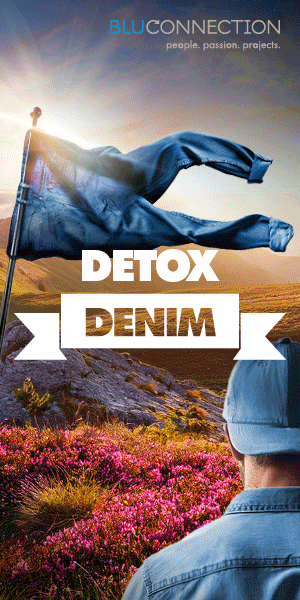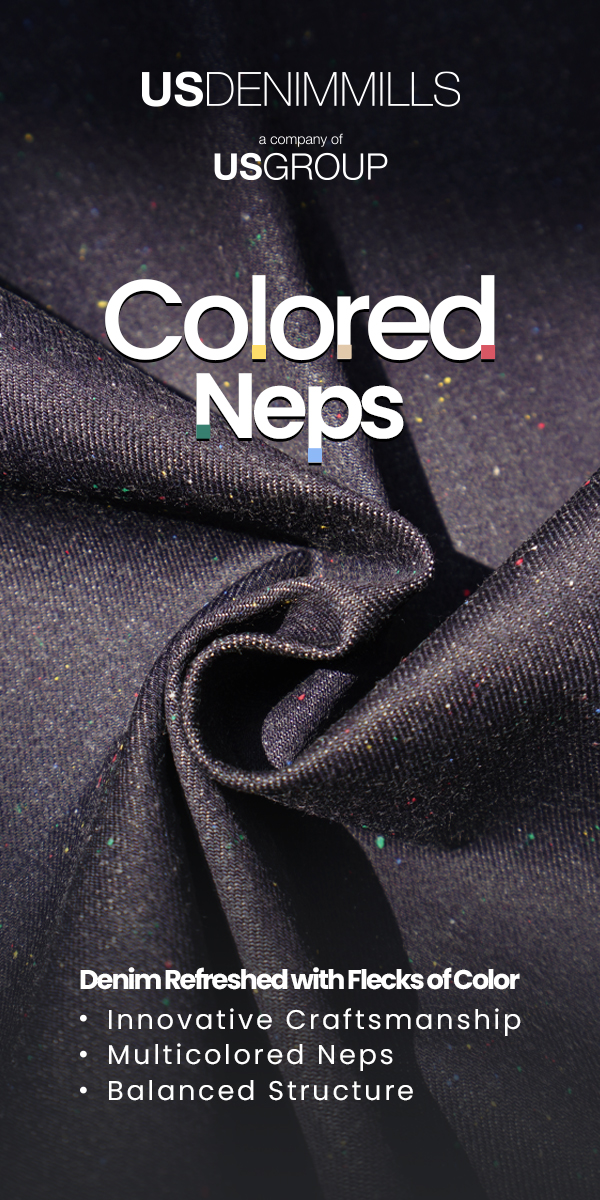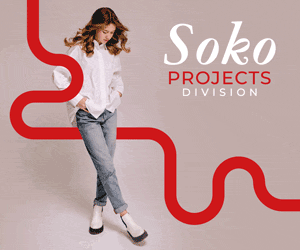Burning ambition

Denim Dynasty founder Nino Castro believes too much time is wasted starting laser designs from scratch and has come up with an idea that he believes will simplify the process for designers, brands and manufacturers.
Laser design and execution has advanced considerably over recent years, according to specialist Nino Castro, owner of the Denim Dynasty consultancy. Introduced in the denim industry in the late 1990s, laser offered a less labour intensive, more consistent and scalable way to create vintage or worn-in looks than achieving them by hand, stone or other finishing methods. It was touted as worker friendly – eliminating the need for potassium permanganate – and could also potentially offer savings in time, water and chemicals. But the brands initially weren’t so sure. When Mr Castro joined technology company Jeanologia in 2005, his first years were spent trying to change people’s opinions. “They labelled laser a fake look, something that they didn't want to have in their catalogue,” he says. “It was our task to make those finishes more appealing and more natural looking.”
The team spent years perfecting designs, taking into consideration the dye, how many baths the fabric had, the weight, the composition and the final wash, all of which affect how sensitive the fabric is to laser treatment. Indigo dyes tend to be more laser friendly than sulphur dyes, with heavier fabrics and lighter washes appearing the most natural-looking. “In general, the better a capability a fabric has to avoid back-staining, the more laser friendly it is,” says Nino. “I helped brands such as Levi’s, Kontoor, Guess and Target to become more familiar with laser. Levi’s embraced laser, using it to their advantage.”
At Gap Inc’s Denim Kitchen in LA, where from 2017 he worked on chemistry, sustainability and laser innovation, he learnt one of the most important parts was delivering the laser innovation to the brands in a form that they could digest. Brands often do not have laser specialists in-house, instead relying on factory partners, designers and third parties to interpret their ideas.
However, developing in LA was challenging for some overseas vendors, he says. Enterprise resource planning (ERP) was introduced to help automate and share documentation. “My whole career has been dedicated to finding the next thing with laser,” he says. “Laser was a big challenge until we came up with an easy way to make a digital mock-up. Previously, to change a whisker, we had to mark the garment, wash it again, it took a full day.”
Advances in design technology have also affected speed. Laser generators have become more powerful, mirror systems more efficient, harnessing the power and increasing speed, and the software now allows more freedom of adjustment. There have been many attempts at total automation but they never succeeded completely. Chinese group Wacom launched a pen and tablet that made the task both more artistic and accurate, “changing the game” over the past few years, according to Mr Castro. “We increased our efficiency about tenfold: before it could take me 50 hours to finish a design, now I can finish it in five hours.”
Battling inefficiencies
However, inefficiencies still exist in the present system, he says. For the manufacturers, training and keeping talented laser designers can be difficult, particularly those who know about washes, fabrics and chemistry. Their working environment might not be conducive to creativity and they could have other duties and time pressures. The manufacturers are also limited to a certain capacity, which some brands are able to book ahead “at reasonable costs” but later decisions might lead to higher costs for the same service, which could be off-putting. The factories also then own the design, so if a brand wants to replicate it at a different factory, the designs might have to be redone from scratch, sometimes leading to varying results.
From a designer’s perspective, Mr Castro also found he was spending too much time duplicating designs, and so began to build a library. “The library could be a way for us to give the design control back to the brands, so if they want to make a modification on a design, they can share it with 10 manufacturers.”
TheLaserLab, which officially launches at the start of 2022, will act like a shopping site for designs, which brands can browse through, then request modifications by Nino’s in-house team. “For each design, we generate several previews that allow the user to estimate the look in different fits and washes,” he says. He comments that years ago, people would take time burning CDs to listen to music, but now they have Spotify. “It's such a convenient service, everything’s at your fingertips, and this is what brought me to exactly that point: this is something we can do with laser design.”
Fabric sensitivity
Embracing laser also means embracing its limitations. The initial investments in laser technology are high, meaning it becomes more profitable at larger volumes, which could be a barrier for smaller manufacturers. Brands also need to consider laser-sensitive fabrics. “There is a habit of not thinking about laser when purchasing fabric, buyers concentrate on its character and softness etc. Later on, when the team wants to do laser, they might find the fabric is very resistant,” says Mr Castro.
However, pre-treatments that counter this are growing in sophistication, with multiple laser boosters and cleaners on the market from the chemical companies. In the past, some chemical boosters improved the contrast but reduced the fade, making fabrics look overdone, but Mr Castro is impressed with a new family of cleaners that address the back-staining. “They enhance the laser pattern beautifully, it really works,” he suggests, “but the appetite might not be there from the brands to increase the cost, unless it’s unavoidable.”
It is very difficult to find any concrete figures on how much denim globally is produced using laser, or what percentage of manufacturers and laundries have the technology, but Mr Castro suggests “almost every vendor has access to it”. Jeanologia suggests 35% of jeans globally are made with its technology, but this includes all its machinery and software.
“I really believe laser is the future of the denim industry,” concludes Mr Castro. “Despite the pandemic, laser capability is growing all over the world. People who weren’t convinced by it when I visited them 12 years ago are now big believers. The last frontier is digitalising the process once and for all.”
Laser technology systems upgraded
Technology companies such as Italy’s Tonello and Spain’s Jeanologia offer several ranges and models of laser machinery. Tonello’s latest system, THE Laser, includes four laser systems and software called CREA. THE Laser Lab is designed for stores and laboratories, THE Laser Table and Table + Mannequin models are for horizontal processing on a fixed table and/or vertical 360°, and THE Laser Conveyor is specifically designed for knitwear and working on a conveyor belt. The machines can also be connected to the group’s Metro software, which measures consumption. Other advantages include a system whereby the laser can understand where the garment is placed and laser correctly.
Jeanologia has developed a variety of lasers (Handman, Twin Super, Compact, Flexi Lab, Nano industrial and Nano Retail) aimed at development centres, small producers (1,000 garments per day) and large manufacturers, with lasers able to produce 4,000 garments per day. Its eMark X software improves the laser marking speed, simplifying processes and increasing productivity. The latest development, the Handman, is equipped with two Twin Super lasers and a robot in each cabinet, meaning two people working with two robots can produce 10,000 jeans in 24 hours. Handman is in use in three plants around the world, producing five million pairs of jeans a year.
Tonello’s THE Laser Table & Mannequin allow jeans to be marked at 360 degrees. The four-component system was launched after a long period of research and development.
Photo: Tonello













